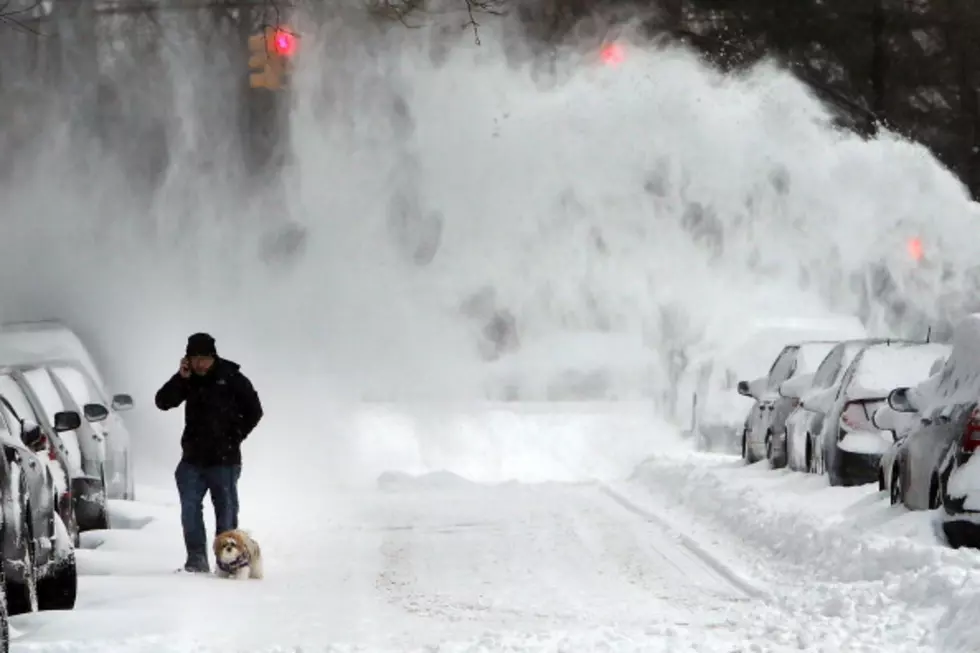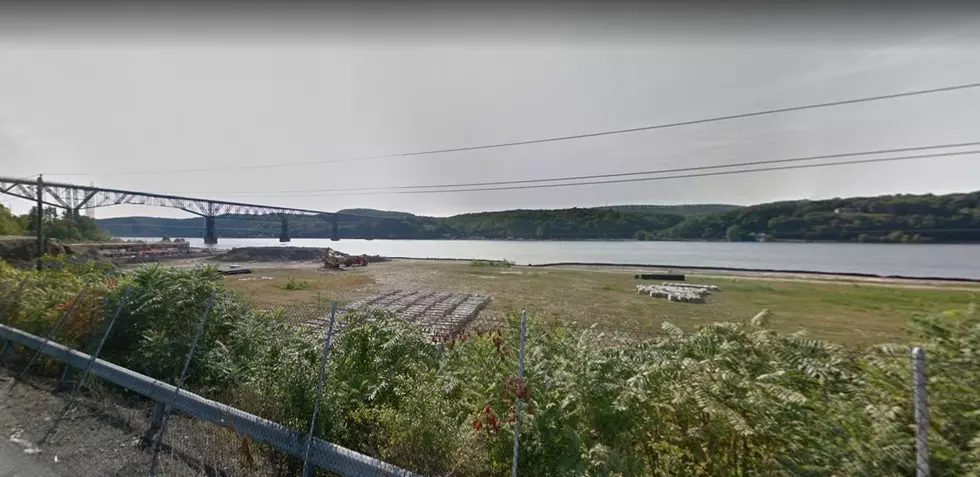
Moderate Earthquake Hits Parts of New York State
Parts of New York state were awoken to reports of an earthquake at around 6:15 AM, according to the USGS. One New York county executive says the tremor was felt in several counties. And while the state may face such natural disasters as blizzards or flash floods, it is once a reminder that New York can experience earthquakes.
According to the NESEC, around 551 earthquakes were recorded in New York state from 1737-2016.

Earthquake in New York State
ABC says the tremor occurred Monday morning. According to USGS officials, the quake was centered just east-northeast of West Seneca. Preliminary reports say the quake measured a 3.8 on the Richter Scale, though some estimates had had the quake as high as a 4.2.
See Also: What's the Most Powerful Earthquake to Ever Strike New York State?
There are no reports of injuries, according to officials. There isn't any word on how much damage occurred if any at all.
Quakes in the Northeast
Most earthquakes that happen within the state are either far north towards Quebec, in western New York around Lake Ontario, or closer to the New York City area. The most well-known fault line near our area is the Ramapo fault line. The 185 mile system of faults runs through parts of New York, New Jersey, and Pennsylvania, and has been known to spawn smaller earthquakes.
Could Something as Strong as a Magnitude 7.0 Ever Occur on This Fault?
Some say this fault system is much more complex and extensive than originally thought. A 2008 study proposed that there may be an additional fault zone extending from the Ramapo Fault into southwestern Connecticut. There are also many smaller faults that crisscross across New York City, and the city could be long overdue for a significant earthquake.
LOOK: The most expensive weather and climate disasters in recent decades
More From Hudson Valley Post









